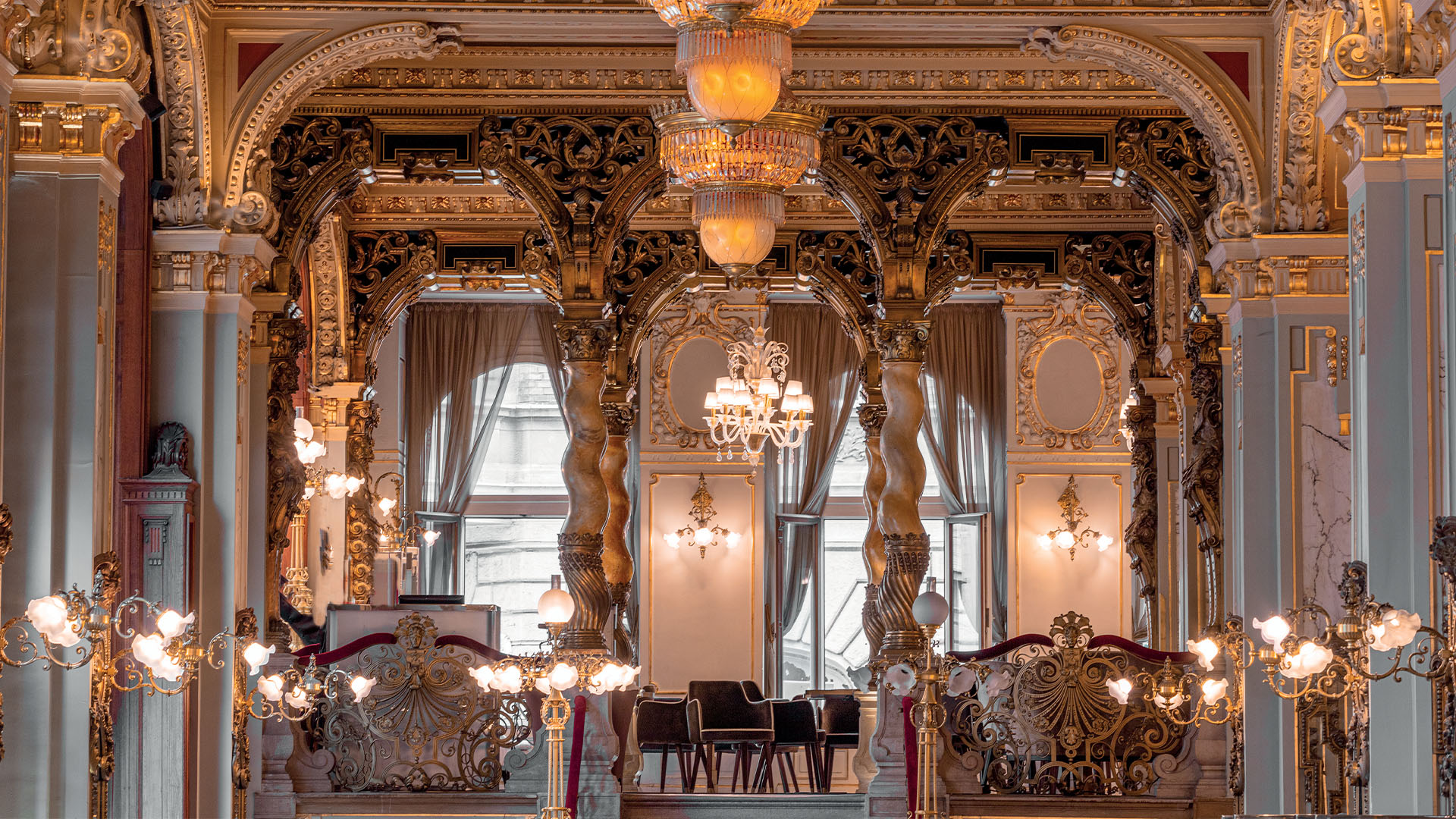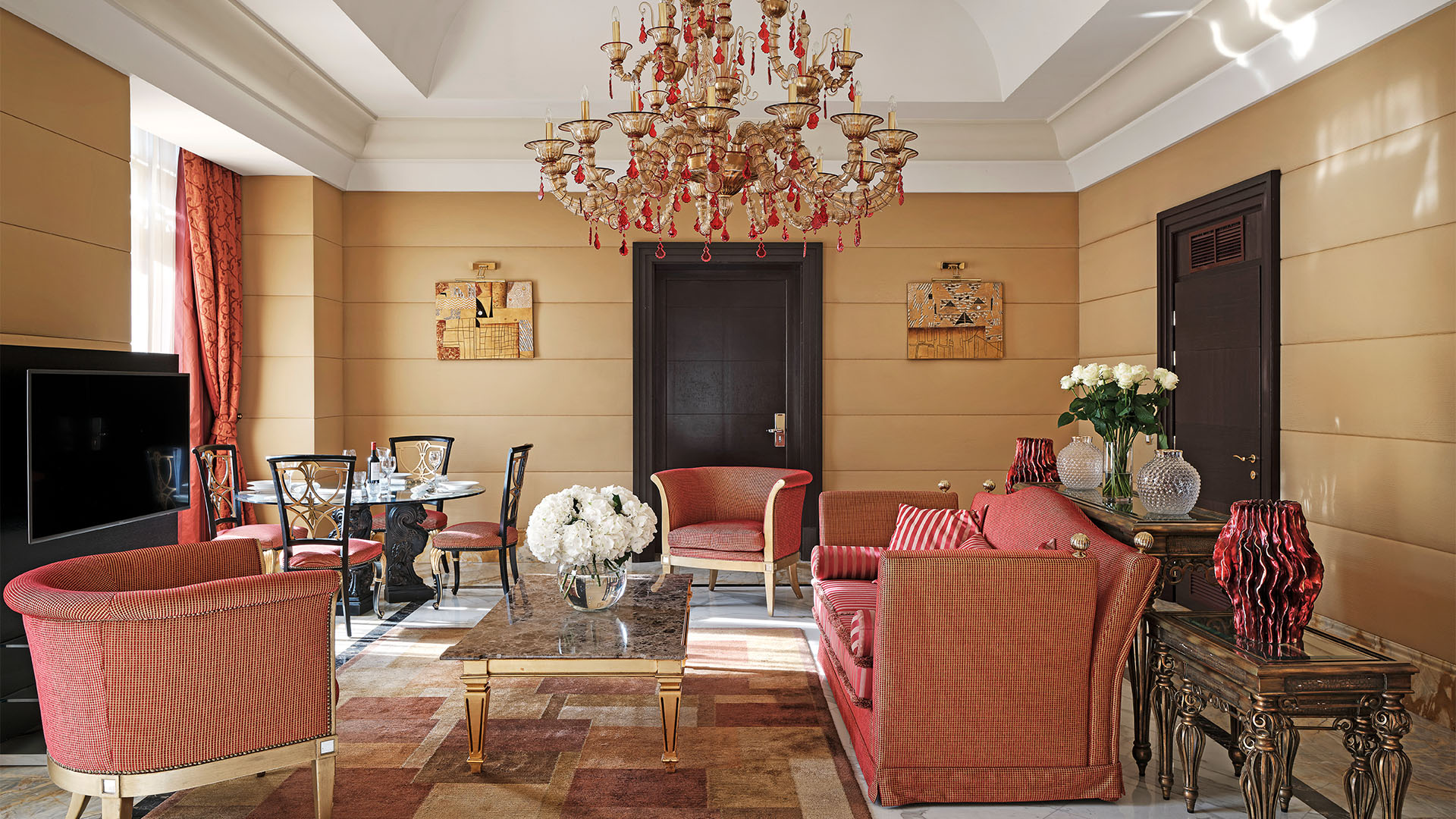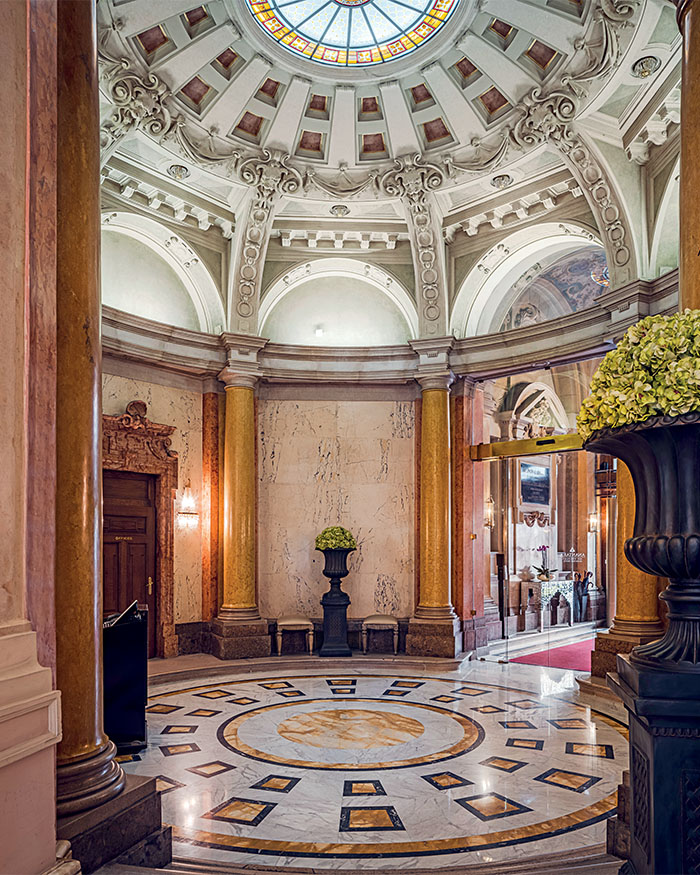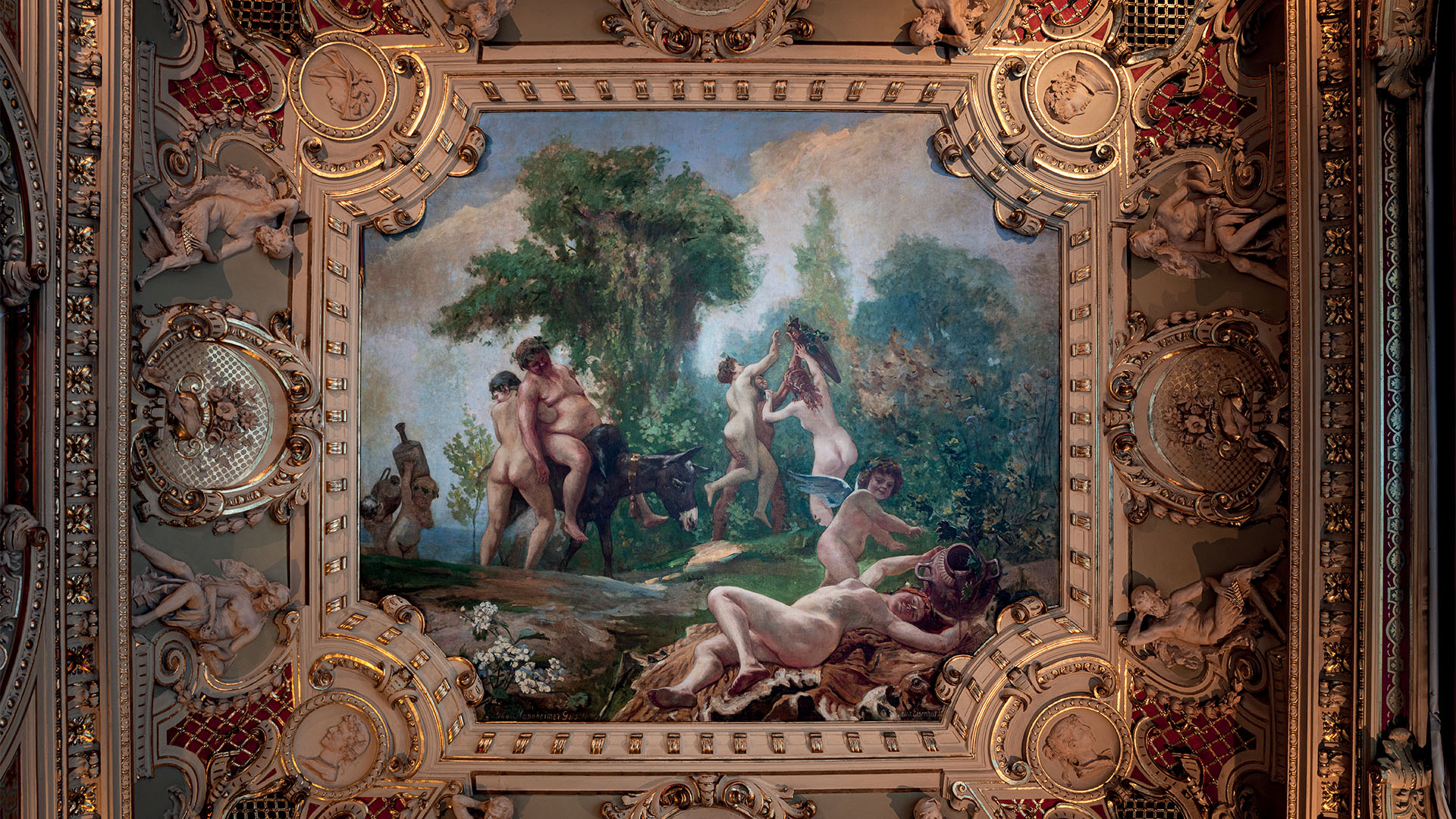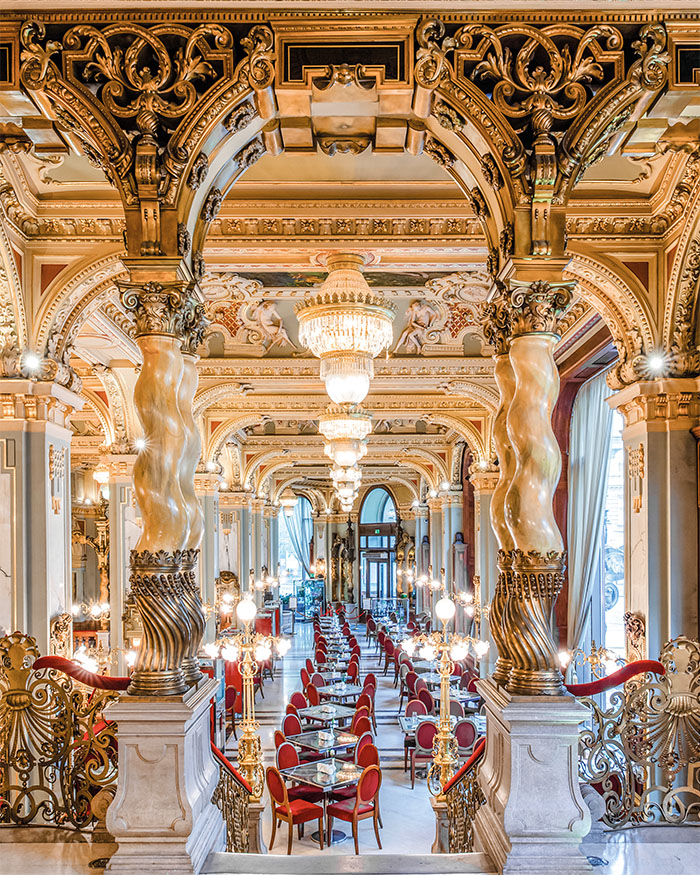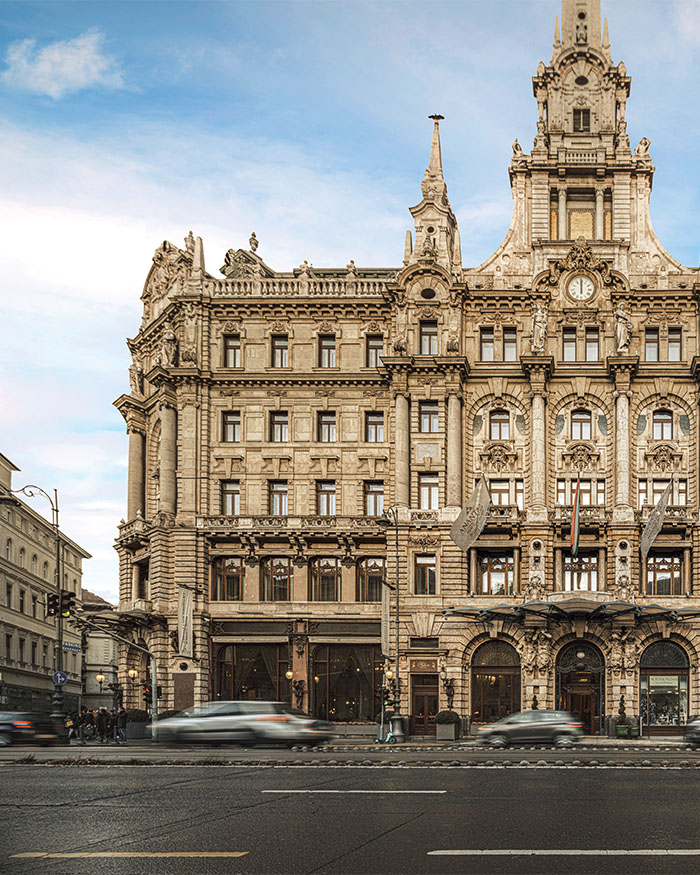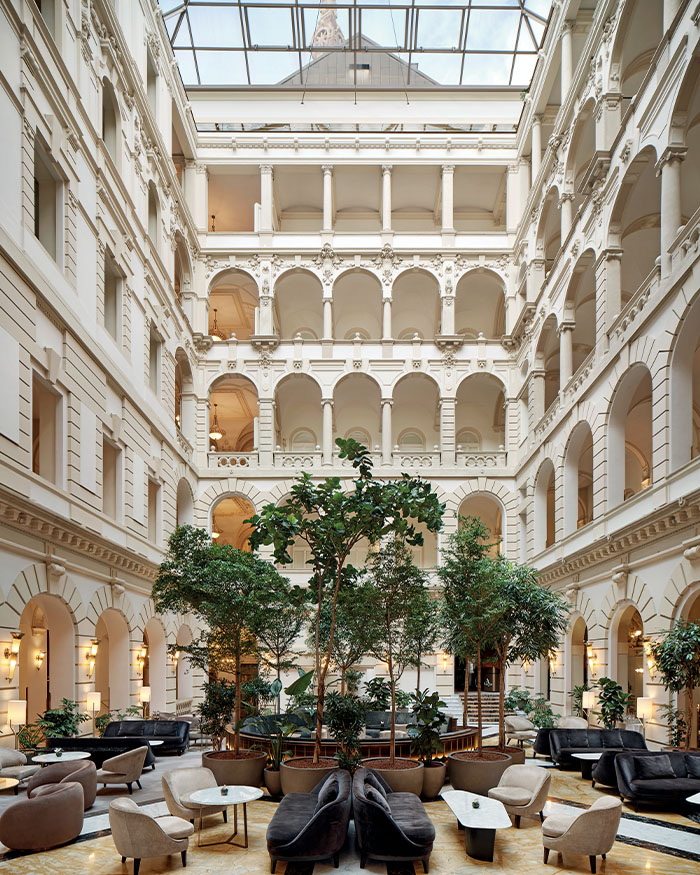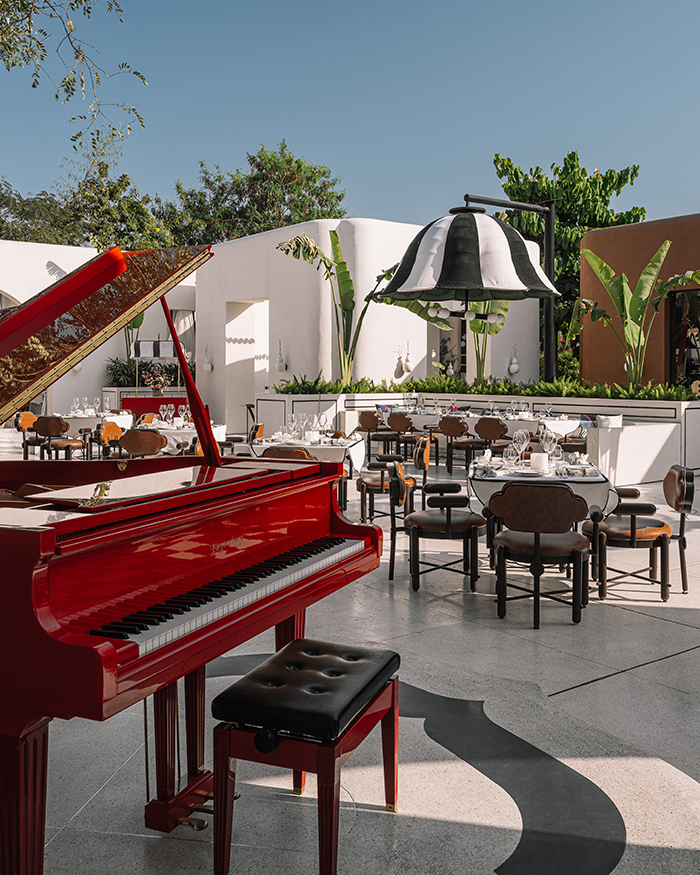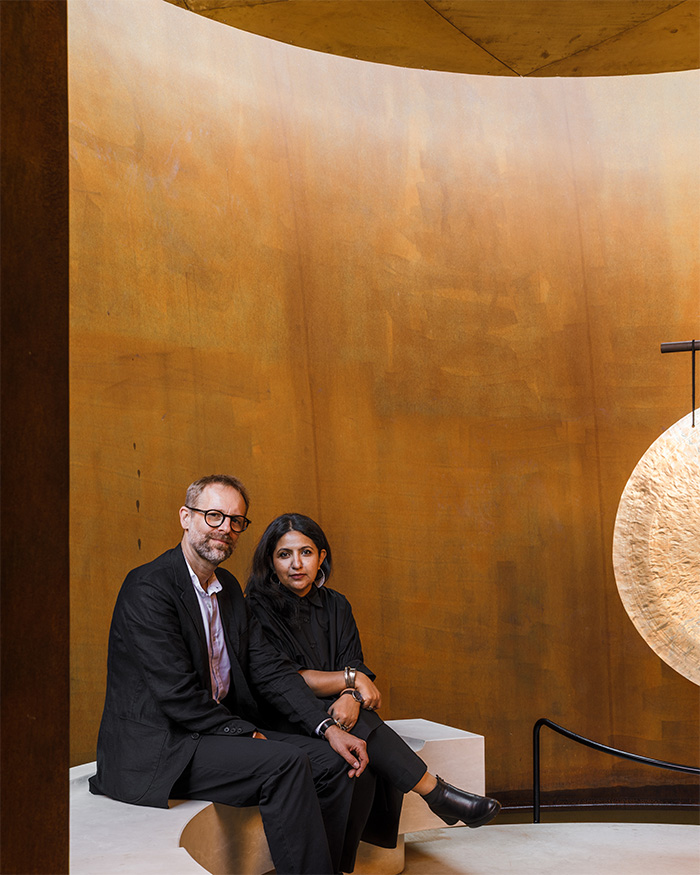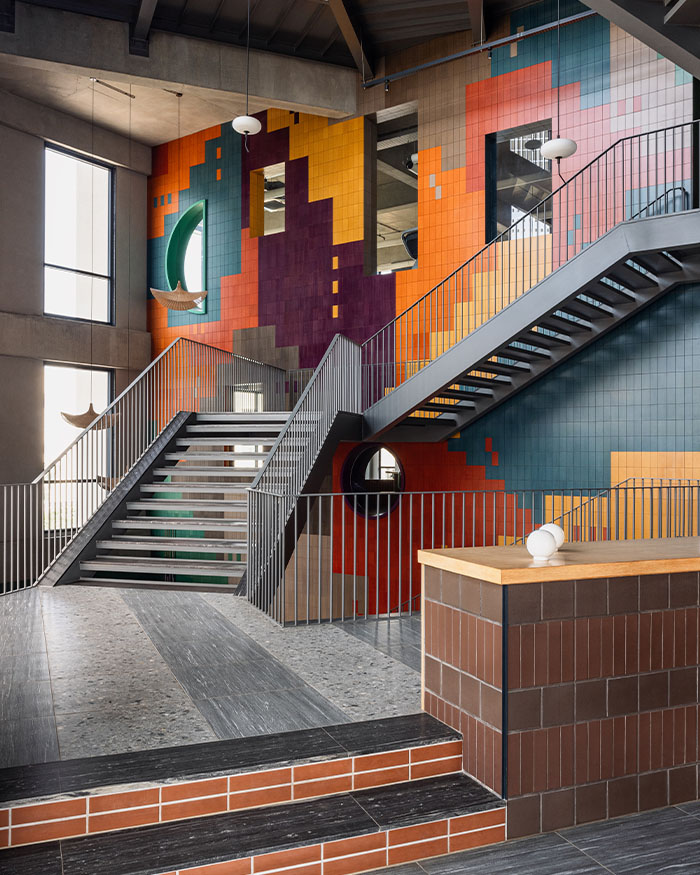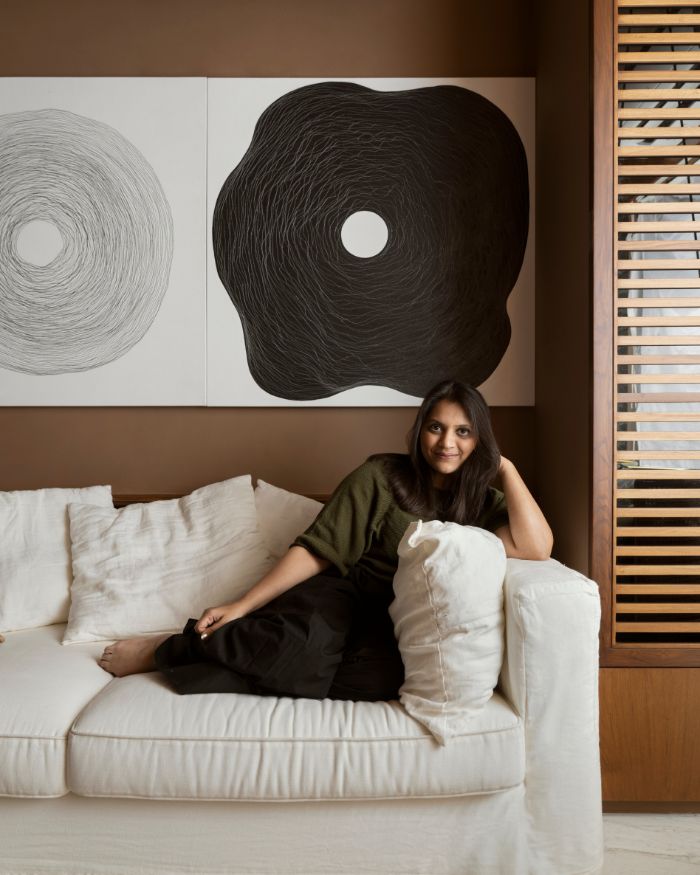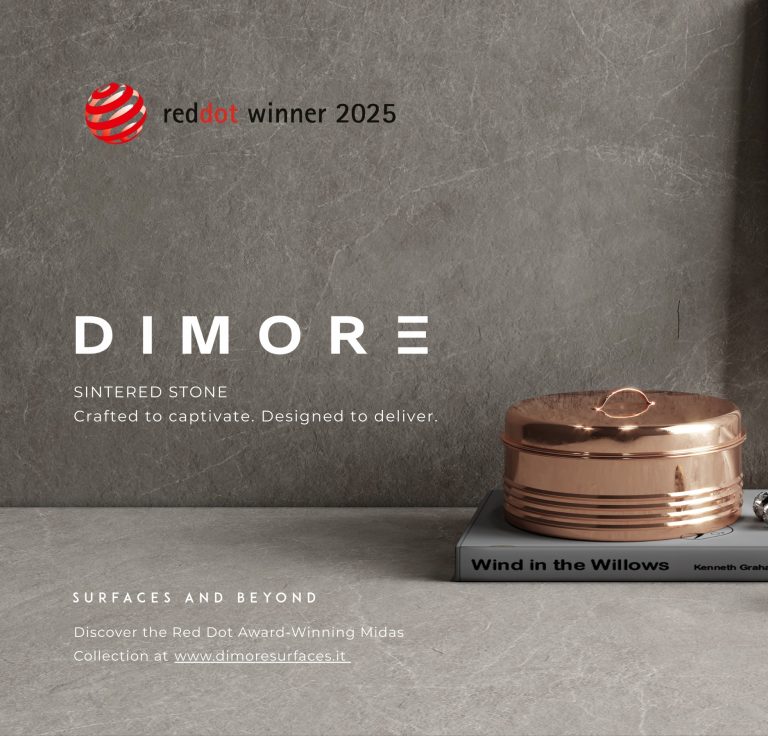Anantara New York Palace Budapest defies every possible definition of luxury, even before the world began using the term over-the-top (OTT) so freely. The first time I stepped into what’s often called the most beautiful cafe in the world, I was left completely spellbound, eyes wide open, unable to contain my awe. It wasn’t just the architecture; it was the emotion of being surrounded by so much beauty, detail, and drama all at once. How often do you get to see so many styles coexist? The café is a living tribute to the Belle Époque, where ornamentation intertwines with the romance of revivalist design. Layers of Neo-Baroque, Renaissance, and Rococo influences come together to create a space that feels both cinematic and profoundly historic. My gaze followed the pillars upward to hand-painted frescoes, gilded stuccowork, and curving marble columns that seemed to breathe with light.
My first brush with the Anantara world was at their property on Sir Bani Yas Island, when my brother treated me to a family holiday. I remember it as one of the happiest family getaways, a memory stitched with warmth, laughter and perfect hospitality. The brand has always been about experiences that stay with you long after you’ve left, but Budapest takes that feeling to another level.
The New York Palace is a building that has already lived several public lives and refuses to retire. First money, then literature and now travel. Designed by Alajos Hauszmann with Flóris Korb and Kálmán Giergl, the building blended Italian Renaissance, Baroque, Gothic and Art Nouveau styles. Drafting a richly detailed statement of stability and prosperity, it opened in 1894 as the New York Life Insurance Company’s European headquarters in Budapest. The ground floor housed the New York Café, which opened the same year, while the upper levels were used for the company’s offices and leased apartments.
Now I understood why people lined up from morning till night just to dine here. It was about being part of something unforgettable


